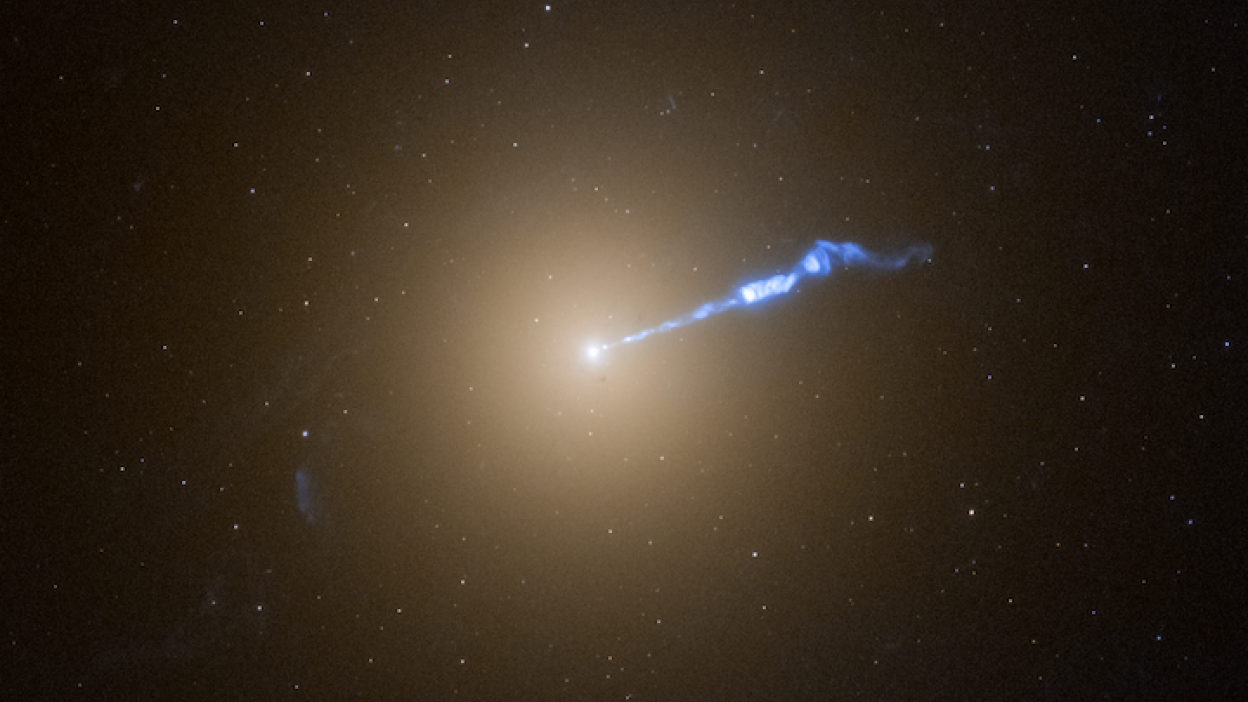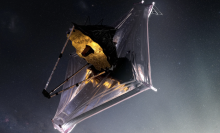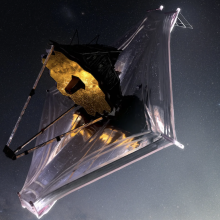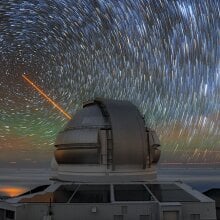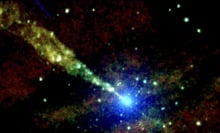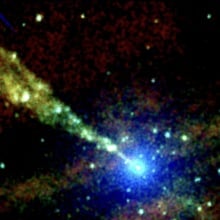The M87 galaxy is monstrous.
It contains several trillions of stars, compared to our Milky Way's hundreds of billions. And the supermassive black hole at its center is shooting an outstretched beam of energy into space. The Hubble Space Telescope, operated by NASA and the European Space Agency, has captured a new image of this energetic cosmic event, which produces a beam of superheated gas 3,000 light-years long (a single light-year is nearly 6 trillion miles).
NASA calls this jet "blowtorch-like," and it seems to be triggering many stars near its trajectory to erupt.
"We don't know what's going on, but it's just a very exciting finding," Alec Lessing of Stanford University, who led the research into the finding, said in an agency statement. "This means there's something missing from our understanding of how black hole jets interact with their surroundings."
Black holes themselves produce no light. But material can rapidly spin around black holes, forming a vibrant "accretion disk" that radiates light. And, sometimes material falling into a black hole can "become rerouted" into two jets, firing in opposite directions, NASA explained.
In the Hubble telescope image below, the colossal elliptical galaxy M87, which is shaped like a giant egg, looks like "a translucent, fuzzy white cotton ball," ESA explained. The jet, as you can see, is the wavy blue beam blasting out from the galactic core, home to the supermassive black hole (it has the mass of 5.4 billion suns).
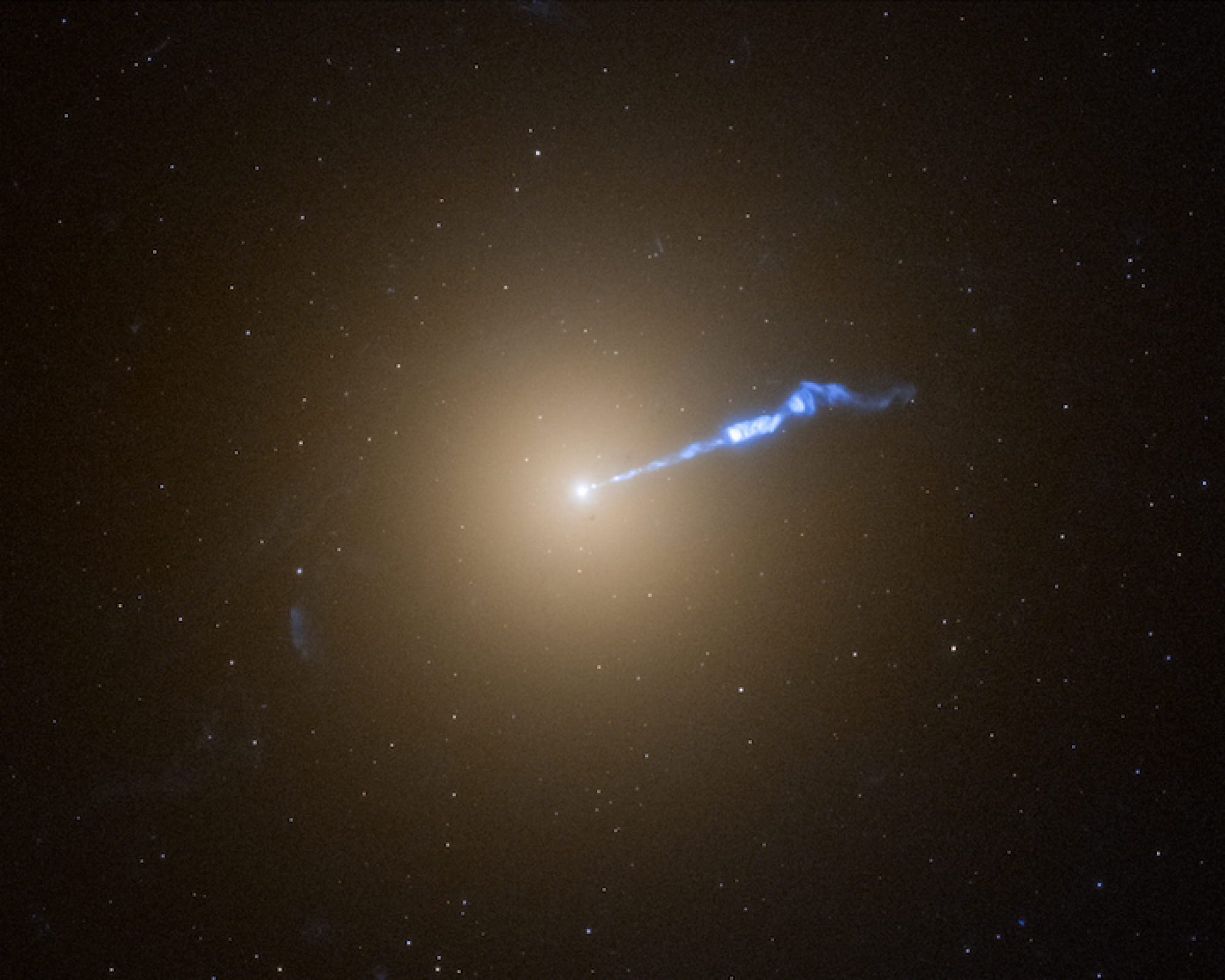
Tweet may have been deleted
As the jet shoots through the galaxy, astronomers suspect it's triggering a type of stellar explosion called a "nova." These eruptions happen in double-star systems with an aging star — which is bloated and shedding its layers — and a white dwarf star, which is the hot core of a sun-like star that has shed its mass. The swollen star dumps material (hydrogen) on the white dwarf. "When the dwarf has tanked up a mile-deep surface layer of hydrogen that layer explodes like a giant nuclear bomb," the agency explained. And then the gradual process renews.
Compared to the rest of the galaxy, the researchers found twice as many novae happening in the vicinity of that vivid blue jet than elsewhere in M87.
"There's something that the jet is doing to the star systems that wander into the surrounding neighborhood," Lessing said. "Maybe the jet somehow snowplows hydrogen fuel onto the white dwarfs, causing them to erupt more frequently." However, a number of other possibilities could explain it, too.
Astronomers will keep watching this energetic region of space. It's a cosmic mystery, slowly unravelling.
Topics NASA
